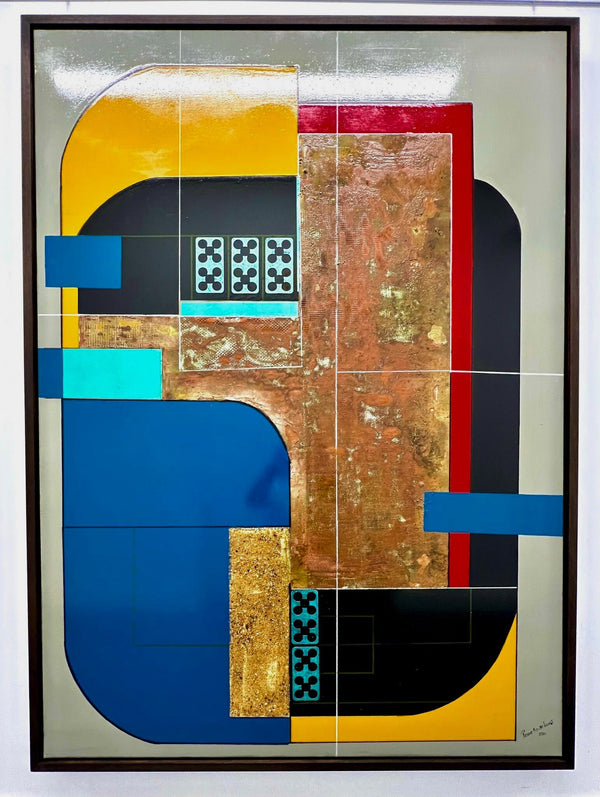
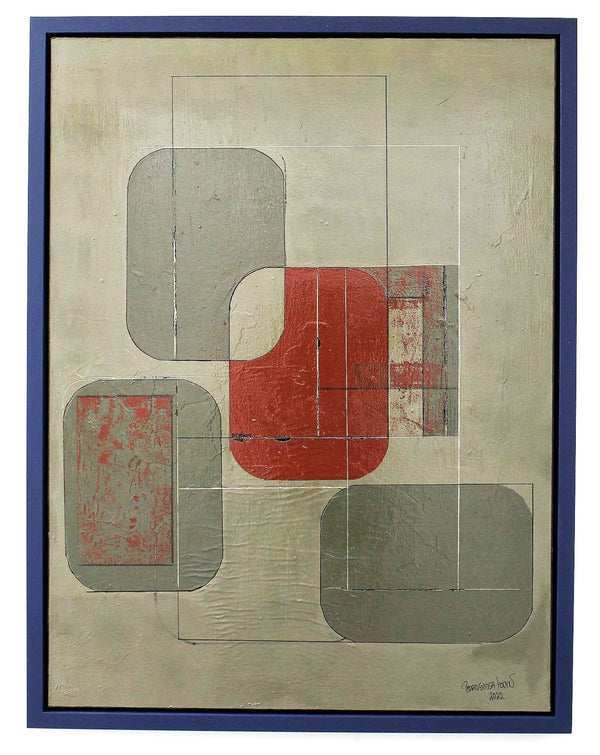
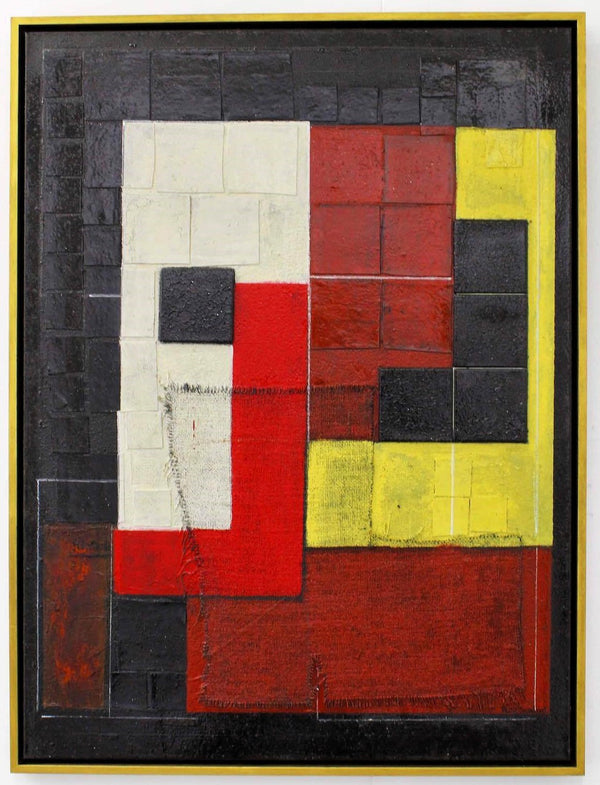
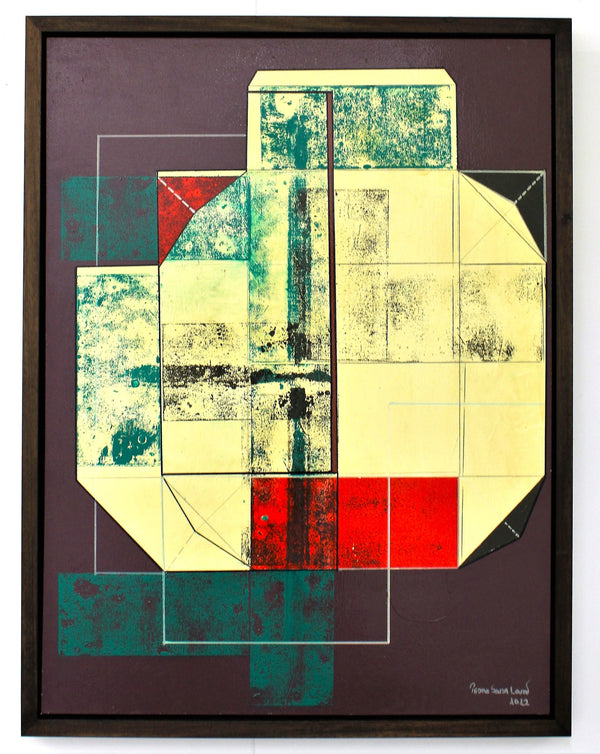
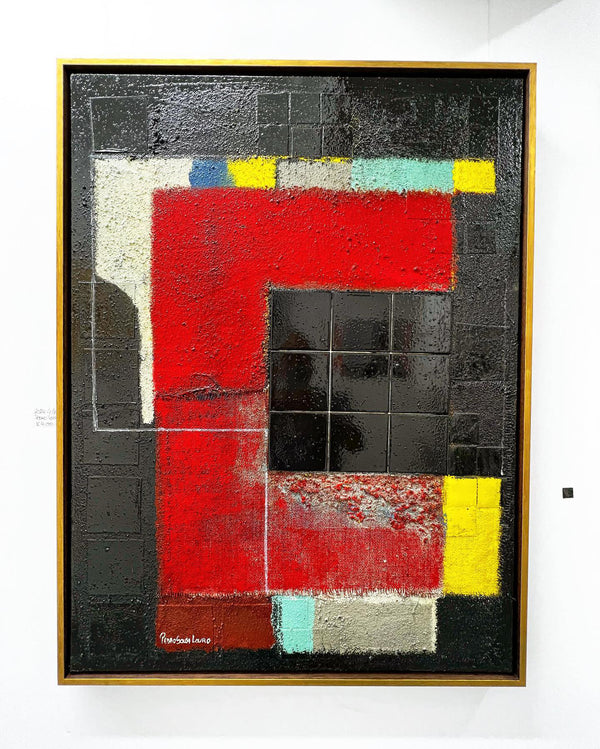
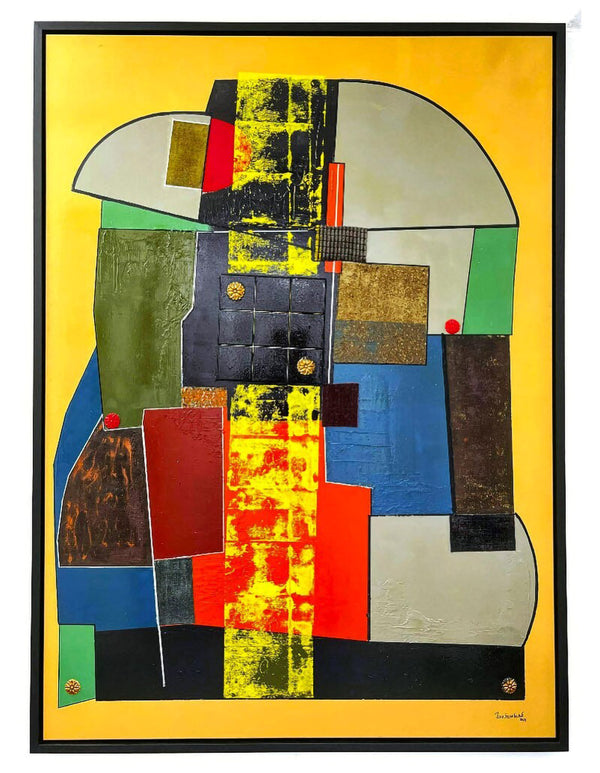
ABOUT THE ARTIST
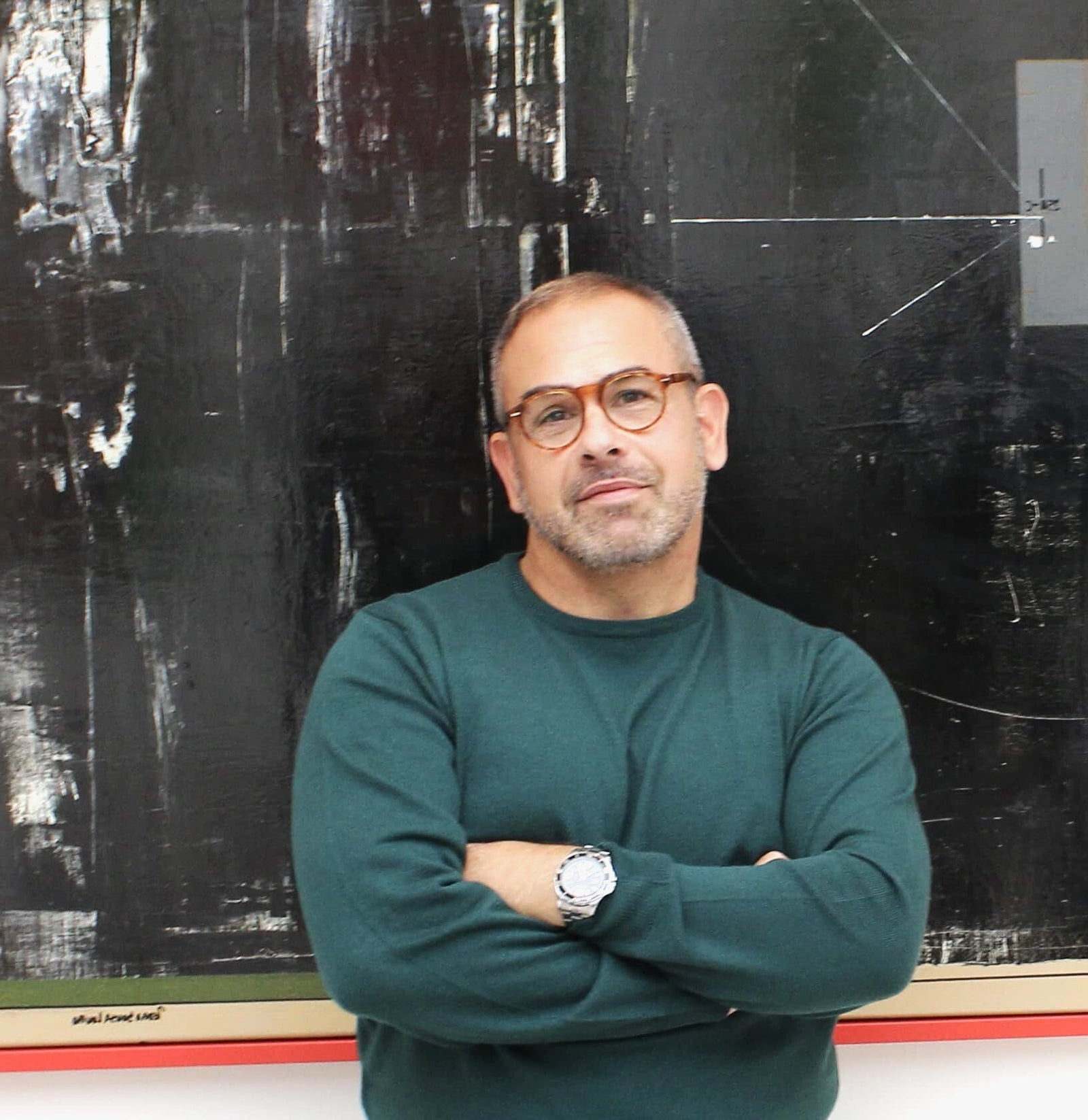
Pedro Sousa Louro, a London-based artist, comes from one of the highest aristocratic Portuguese families' backgrounds. He was born in Africa in Angola, a former Portuguese colony due his grandfather diplomatic career. Pedro established his career as an artist in London, graduating with a BA in Fine Art. Sousa Louro has had numerous careers, including TV presenting and modelling, for almost 17 years but has always lived on drawing cubist images.
Now a full-time artist, Pedro transfers his soul into his studio. Originally from Portugal, Estoril Cascais moved to the UK over 30 years ago to study his passion for art. He graduated from Chelsea College of Art and Design in 1997 and continued his second degree in 2011 in Abstract Vision and Modern Expressionism Kensington and Chelsea Art College University.
In Pedro’s work, you can see his dialogue with the evolution of colours and geometry despite his preferences for contemporary artists like Francis Bacon and Ben Nicholson. His reminiscence
comes from the "neoplasticism" of Mondrian, Robert Rauschenberg, and, in some way, Picasso and Ben Nicholson, where Cubism has been part of his life constantly. Only in the early part of his career, in his more recent research and studies, does he combine Cubism and abstract expressionism in just one practice as he creates his works. He Pollock 'technique of "dropping" but with the order and sense of Rothko
A textural tangibility is immediately evident in Pedro Sousa Louro’s work. Earthy and material-focused, an unassuming beauty is found within the play between dark woods and a muddied palette. Furthermore, geometry plays a crucial role here, as clean white lines converse with blocks of muted colour. There is an almost archival, collagelike approach to applying materials and hues. It is as if Sousa Louro has assumed the archaeologist role, unearthing forgotten layers of history.
His work portrays feelings, emotions, and perceptions -consciously and unconsciously- through detailed geometric compositions balanced with lines and shapes. Using multiple techniques in each artwork, his concern lies with creating a dialogue with color and form rather than over-focusing on the subject matter. Numerous materials, such as textiles, reclaimed wood objects, old journals, and wallpapers, come into play during the artist's process. With canvas or wooden panels for a base, these are combined with rustic deteriorating metal elements, created through a technique he developed using oxidizing copper powders. Combinations of letters and numbers are applied to balance the composition, and finally, each artwork is finished with yacht varnish.
